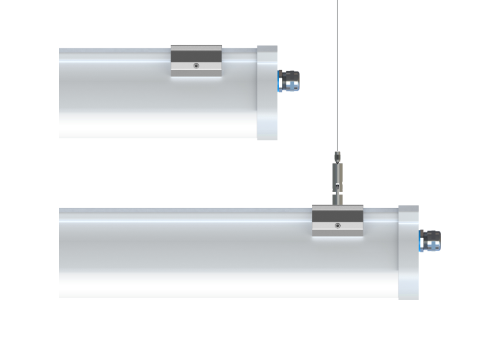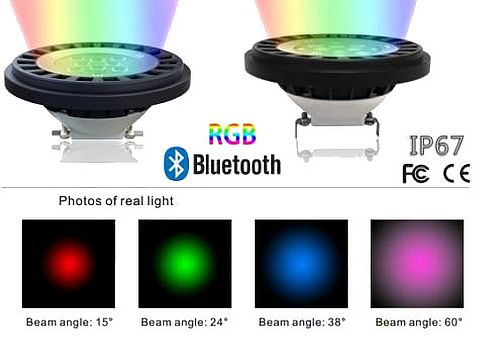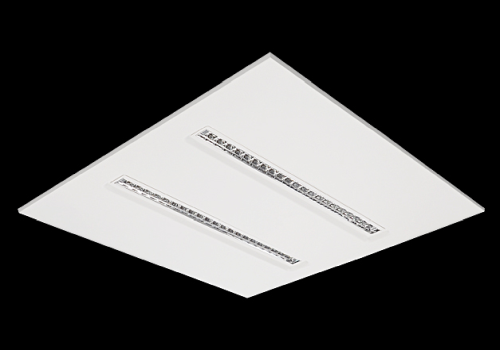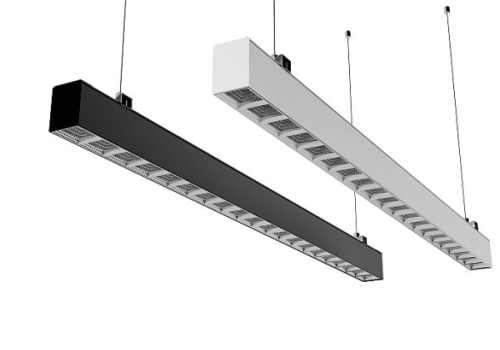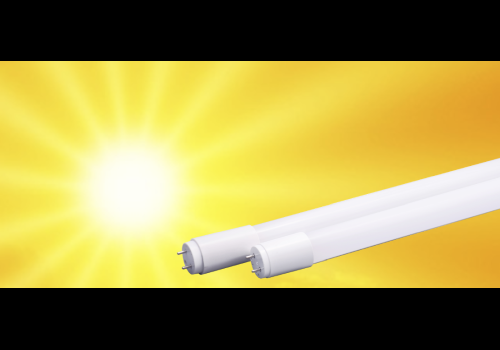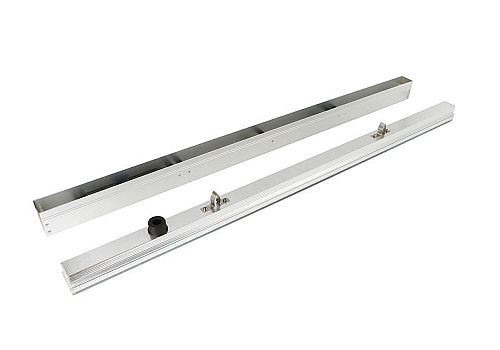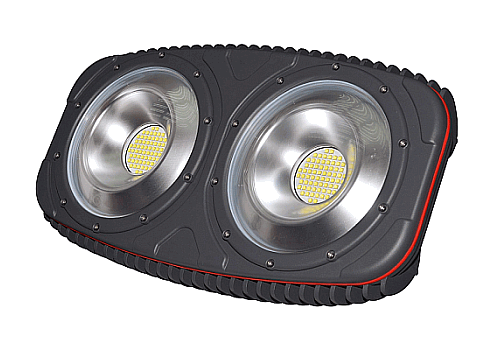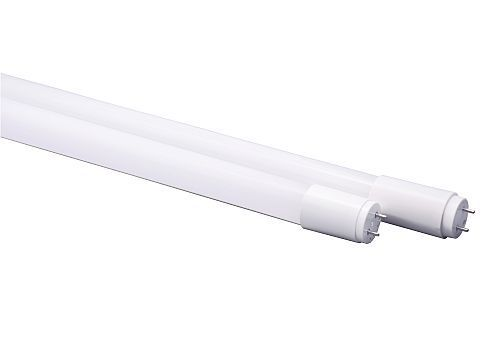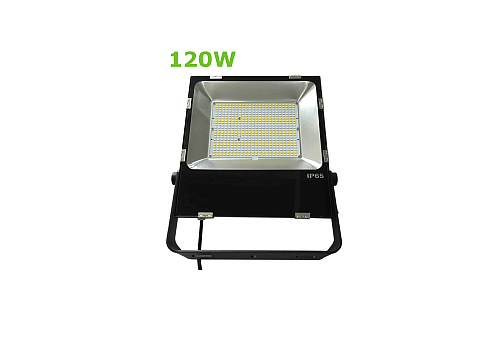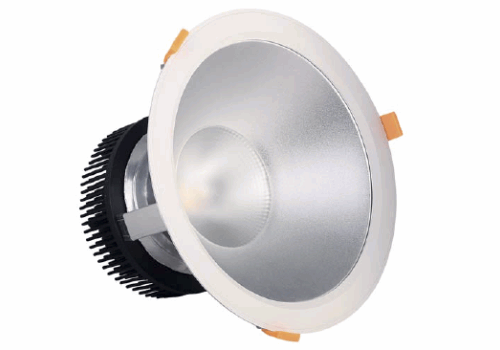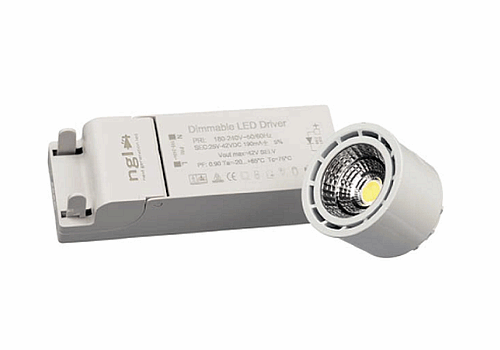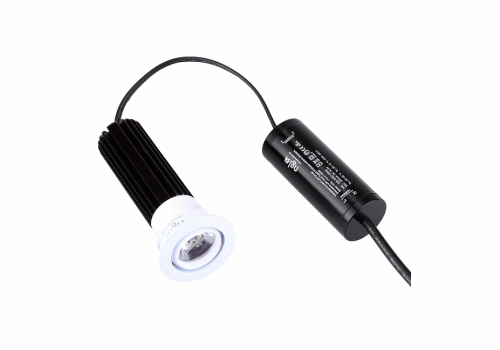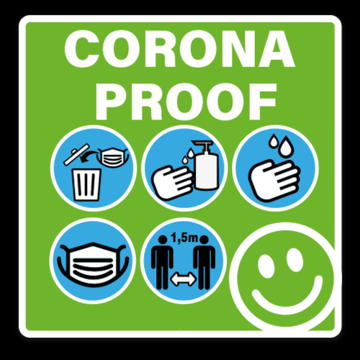
Glare occurs in both natural (daylight) and interior lighting situations. The glare annoyance depends on a number of factors.
Areas of high brightness right next to areas of low brightness cause glare, making people feel uncomfortable. For instance, having a bare light bulb for your desk lamp may provide more than enough light. However, it would cause more light to shine directly into your eyes than reflects off the desktop, making it difficult to read or do other tasks. Having a shade on the lamp keeps the light from glaring into your eyes while brightly illuminating your desktop.
For the measurements of glare the discomfort glare constant is used.
| Glare index: | Reaction: |
| 0 - 10 | Imperceptible |
| 10 - 16 | Noticeable |
| 16 - 22 | Acceptable |
| 22 - 28 | Uncomfortable |
| > 28 | Intolerable |
More visually demanding tasks with high luminance levels as drawing and fine visual inspections are less tolerant of glare. Very sensible to glare is working behind a computer. Since computer screens have shiny surfaces and are very susceptible to glare.
| Limiting: | GI occupations |
| 16 | Drawing offices, very fine visual inspections |
| 19 | Offices, libraries, keyboard and video display terminal work |
| 22 | Kitchen, reception area, fine assembly |
| 25 | Stock rooms, assembly line for easy tasks |
| 28 | Indoor car park, rough industrial work |
We can reduce the impact of glare with some simple methods. The higher you put the lights the lower the glare. To lower the glare keep light sources high, away from the field of view.
If we cut down the luminance of the light source we can decrease its glare. This does not mean reducing the light level in the room. Rather than having one very bright lamp, you should have a number of dimmed luminaries. The higher the illumination of the background, the smaller the glare constant.
Unified Glare Rating or UGR method is an international index presented by CIE (International Commission on Illumination) and is used to evaluate and limit the psychological impact of direct glare from luminaries. Contrary to the glare index where the glare was rated using the luminance values of a single luminaries, this method calculates the glare of the entire lighting installation at a defined position. An exact calculation of the UGR value at a defined position in a room is possible with modern lighting design programs such as Dialux. The lower the UGR value, the lower the glare.
In conclusion: glare is a very annoying side effect of lighting, but we can eliminate it with methods explained above. When we are choosing the lights it is very important that we know where we will put them and how much illumination we need in the room and working places.
- Accessoires
- Bay lighting
- Bulbs
- Decorative
- Downlighters
- Fixtures
- Bollard IP66
- Continuous Linear Pendant Led Light
- Eco Linear Led Light
- Farming industry fixture IP67
- GU10 AR111 E27/PAR 30 trackfixtures
- Inground induction luminaire 9w 12w
- LED chipboard fixture IP65
- LED Plug&Play fixture IP66
- Landscape LED light IP65
- NUD E27 lamp holder
- Polyester Fix Batten
- Ball resistant sports fixture
- Floodlight
-
Led strips
-
IP20 Led Strips
- Low Power, IP20, 2835 60LED/m, 4.8W/m, 8mm PCB
- Low Power, IP20, 2835 120LED/m, 9.6W/m, 8mm PCB
- IP20, 2835 60LED/m, 14.4W/m, 10mm PCB
- IP20, 2835 120LED/m, 19.2W/m, 10mm PCB
- RGB, IP20, 5050 60LED/m, 14.4W/m, 10mm PCB
- IP20, 2110 120LED/m, 7.2W/m, 4mm PCB
- IP20, 2110 180LED/m, 12W/m, 10mm PCB
- IP20, 2110 240LED/m, 15W/m, 10mm PCB
- IP20, 2110 300LED/m, 18W/m, 10mm PCB
- Nature led strip with violet chip, IP20, 2835 70LED/m, 9.6W/m, 8mm PCB
- Nature led strip with violet chip, IP20, 2835 140LED/m, 19.2W/m, 10mm PCB
- Tunable ledstrip 98CRI 2000K~3000K, IP20, 168LEDs/m, 16.8W/m, 10mm PCB
- Ultra long led strip 10~100m IP65
- IP67 Neon Led Strips
-
IP20 Led Strips
- Machine and desk lights
- Panel
- Spot
- Streetlight
- Tubes
- Tracklight


